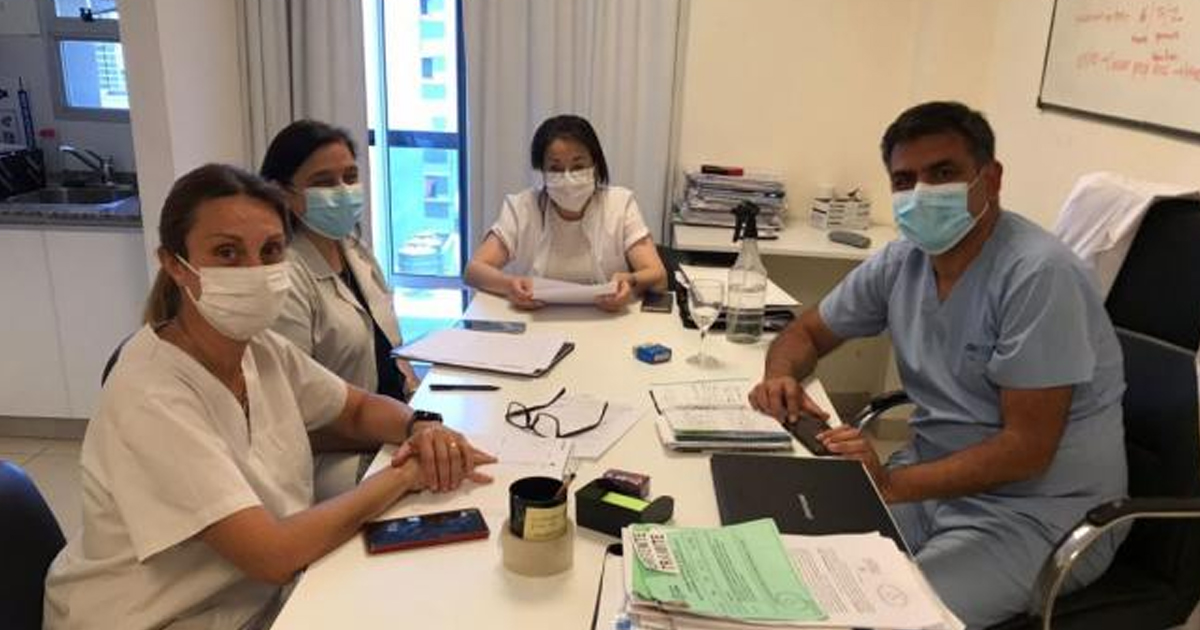IDB specialists list recommendations and lessons learned from the implementation of an electronic medical records system.
This February, the Inter-American Development Bank (IDB) published the public proposal VISION 2025 Reinvesting in the Americas: A Decade of Opportunities, which seeks, through a digital economy, to facilitate access to the adoption of digital technologies and foster innovation. You can consult the document by clicking here.

The IDB also published a document on electronic health record (EHR) systems in April last year. In the publication Electronic Health Record Systems: Definitions, evidence and practical recommendations for Latin America and the Caribbean, they address issues such as eHealth, digital transformation and experiences on EHR implementation in health systems.
On the other hand, in a blog post, the IDB presents as an example the implementation of an EHR system in the state of Bahia, where the Bahia State Health Secretariat (SESAB) uses a free software system called AGHUse. Through this experience, Bertha Briceño, Fernanda Camera, Jennifer Nelson and Luis Tejerina, IDB specialists in Digital Health and digital transformation listed ten recommendations or lessons to be taken into account about EHR systems:
- There is no such thing as free software: The authors explain that open software does not imply zero expenditure, as it requires a team of professionals to accompany its implementation and maintenance.
- Governance is key: "In this format of community software development, it is important to have a governance system that clearly defines the roles and commitments of each partner, the procedures for requesting adjustments and solving problems," explain the authors.
- It is important to create a sustainable and scalable model: A sustainability plan must be included, establishing percentages of expected developments.
- The software requires adaptations, especially for specialized areas: The software used should be selected taking into account the particular processes and needs that each department will use, for example maternity, oncology, geriatric services, etc.
- Find a balance between scalability and customization: "A balance must be found between, on the one hand, adapting the hospital's processes to the way the software is designed, and on the other hand, adapting the software to the way the hospital's processes are carried out".
- Change management and training are ongoing: Initial training on how to use the software may not be sufficient. Change management must consider a phase of assisted operation.
- Vision and leadership are essential: Leadership from the top management of the project is important during all implementation processes. "Only with the understanding and support of the hospital management is it possible to get the team to collaborate for the necessary cultural change".
- User-centered design: The role of the user within the project, as well as including multidisciplinary teams are key elements for successful implementation.
- Understand the ecosystem: Data interoperability must be managed from the beginning, as well as the integration of other systems; the EHR will not work if it is understood individually and in isolation.
- Early wins are important to gain traction: Showing benefits from the beginning of implementation will be important to project stakeholders.






